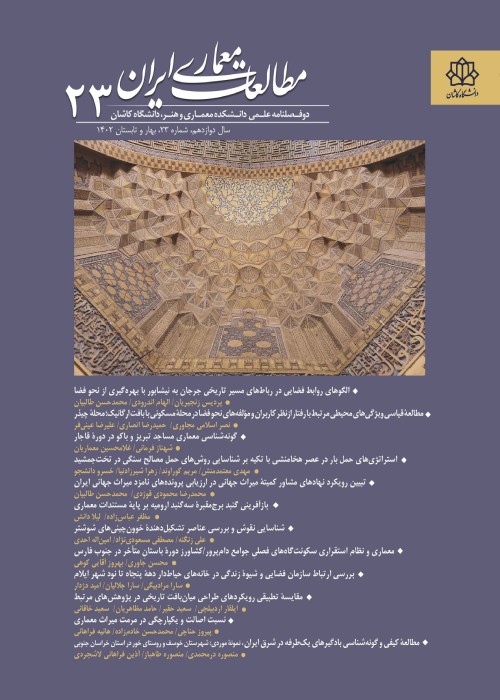The Components of the Meanings of Dwelling and its Spatial Organization
Dwelling represents a meaningful connection between man and the environment; therefore, residential areas have particular psychological importance. Human dwelling occurs at different social levels, and its meaning is disclosed in relation to the hierarchy of the surrounding social environment. A review of existing literature on meanings shows that both the features of housing and the occurrence of activities in the residential environment have meanings, and, according to the theoretical framework, the inquiry of the meanings of dwelling and its spatial organization shall include four levels: regional, neighborhood, housing, and housing activity level. Research in the field of meanings is exploratory and needs to be investigated in both the ‘dwelling’ and ‘human’ spheres. Therefore, the research method is qualitative and based on logical reasoning. Given the nature of the questionnaire regarding “meanings of dwelling and its spatial organization” and its related theoretical framework, the “means-end model” was used, which is a good model for mapping peoples’ mental content. According to the theoretical framework, the categories included in the questionnaire are meanings of the features of spatial organization in the dwelling such as spatial elements, spatial distances, and spatial directions. On the other hand, meanings of activities include questioning elements such as the type of activity, the temporal and spatial sequence of activities, and the temporality and spatiality of activities. The reliability and validity of the semi-structured questions of “meanings of dwelling and its spatial organization” were checked in the pilot tests. Another section of the paper includes the process of collecting, interviewing, and analyzing questionnaire data. Depending on the purpose of research, the data from the questionnaire can be used in subsequent analyses like descriptive, interpretive, and if needed, statistical and mathematical analyses. Also, each of the four levels of questionnaires can be applied separately in different researches.
- حق عضویت دریافتی صرف حمایت از نشریات عضو و نگهداری، تکمیل و توسعه مگیران میشود.
- پرداخت حق اشتراک و دانلود مقالات اجازه بازنشر آن در سایر رسانههای چاپی و دیجیتال را به کاربر نمیدهد.


